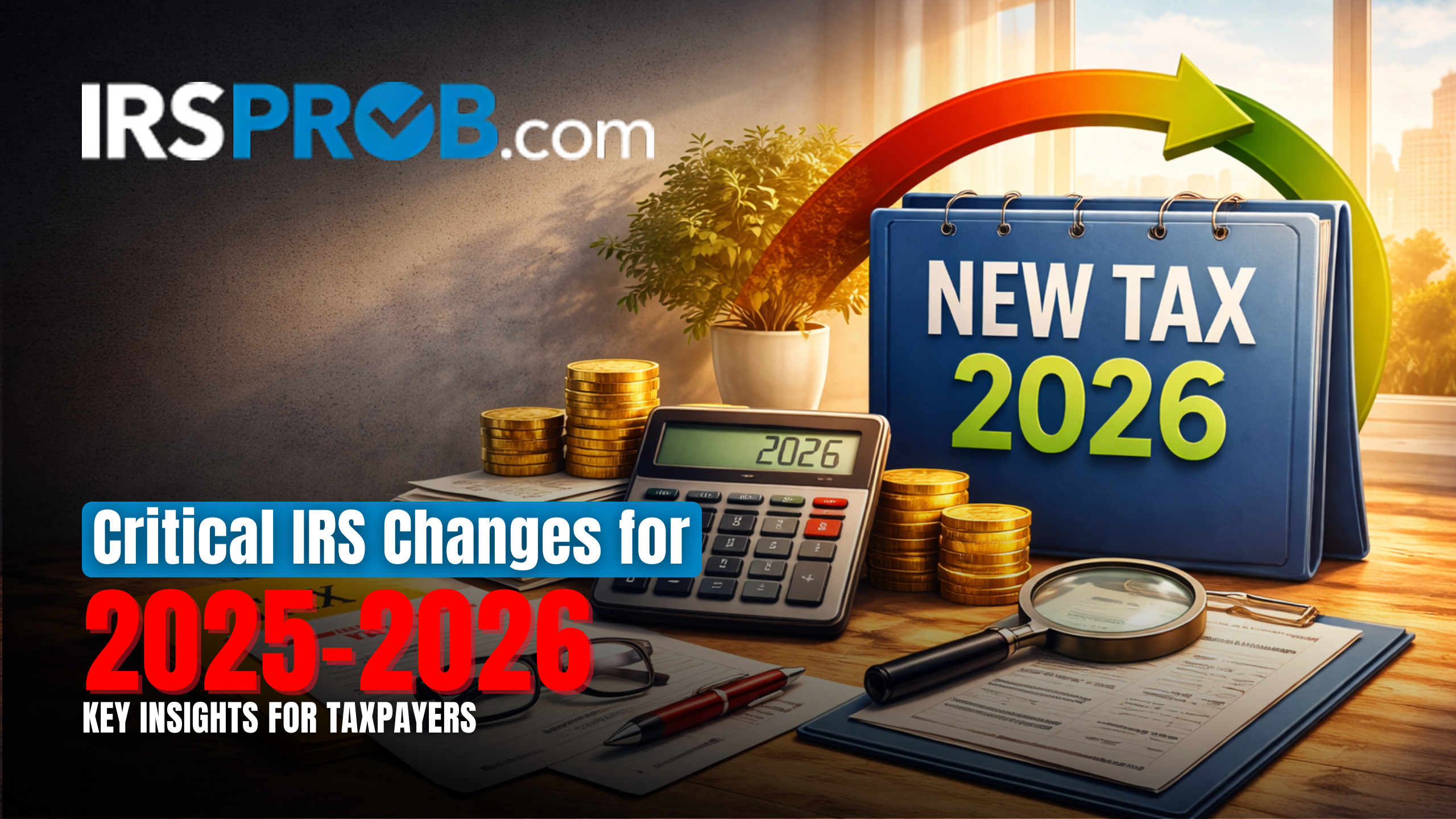[vc_row][vc_column][vc_column_text]
Choosing the correct method of relief when you can’t pay your taxes can eliminate much or all of your tax debt—
which can amount to thousands, even tens of thousands, of dollars—and help you get back on track financially. If your tax bill has exploded beyond what you can pay, you’re probably already feeling the hot breath of the IRS. At this point, you need to consider your options for how to reduce or eliminate your tax bill. If you have thought about bankruptcy, you need to be aware of its limitations. Tax debts are particularly sticky—many of them stay with you even after the bankruptcy process is complete. And it’s important to know that bankruptcy is not your only recourse. The IRS gives you four avenues of relief to help you get out of tax debt. Depending on your circumstances, one or more of these IRS methods could entirely eliminate that horrible tax cloud hanging over your head.
There is no better debt collector in the country than the IRS—it has tools and techniques in its arsenal that many private collection agencies would drool at the thought of using. Unlike some fly-by-night debt collectors, the IRS must stay within the bounds of the law. Even though it may not seem like it, the IRS is primarily interested not in making your life miserable but in collecting its debt. So if you follow the procedures and relief formulas the IRS allows you to use, you can pay off your debt and get the IRS off your back.
The IRS gives you four avenues of relief when your tax debt is too big for you to pay.
Offer in compromise.
If you cannot pay your full tax liability you may qualify to reduce your tax bill through an offer in compromise. You determine an amount that you can pay using an IRS formula that considers your income and assets. You then submit this offer to the IRS and, pending IRS approval, you have up to 24 months to pay off the reduced amount, satisfying your debt in full.
Installment agreement.
An installment agreement gives you up to 72 months of extra time to pay your tax debt.
Abatement of penalties.
You can use this strategy to abate the penalties the IRS dumped on you in addition to the taxes you owe. There are a number of grounds you can use to make this claim, such as undue economic hardship, the loss of property in a natural disaster, or a recent death in the family. There is also a special abatement for those with a good history of compliance called the “first-time abate.”
Innocent spouse relief.
Normally, both spouses are equally responsible for the payment of taxes on a joint return, but innocent spouse relief will remove much or all of your liability and pin it solely on your misbehaving spouse. This might apply, for example, if your spouse operates a business that you do not participate in, and your spouse incorrectly reports that business’s income and losses.
Bankruptcy is not a simple process and has many lingering effects, such as the potentially decade-long hit to your credit. However, bankruptcy can be the perfect tool in the right situation—and it can permanently eliminate some of your income tax liabilities, including penalties and interest. The following rules determine whether you can discharge your income tax debt in bankruptcy. You have to meet all three rules to qualify:
1.Debts must be more than three years old.
2.You must file all tax returns.
3.Wait eight months after IRS assessment.
As you can see, timing is important. If you want to ensure that the bankruptcy proceeding will clear your tax debts, you must
No fraud. Bankruptcy will not discharge your debt if you committed fraud or willfully evaded taxes.[/vc_column_text][us_image image=”3673″][/vc_column][/vc_row]






